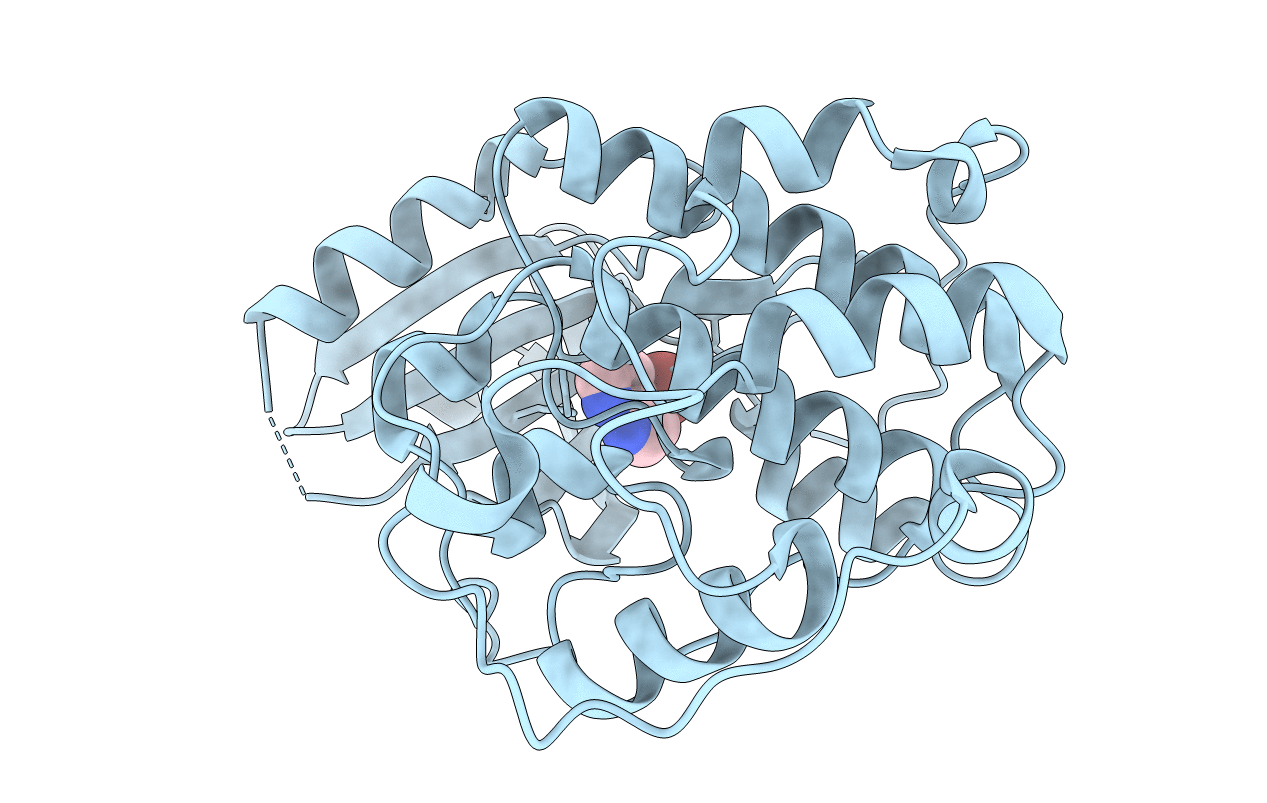
Deposition Date
2018-12-05
Release Date
2019-03-20
Last Version Date
2024-01-24
Method Details:
Experimental Method:
Resolution:
1.73 Å
R-Value Free:
0.22
R-Value Work:
0.17
R-Value Observed:
0.18
Space Group:
P 21 21 21


